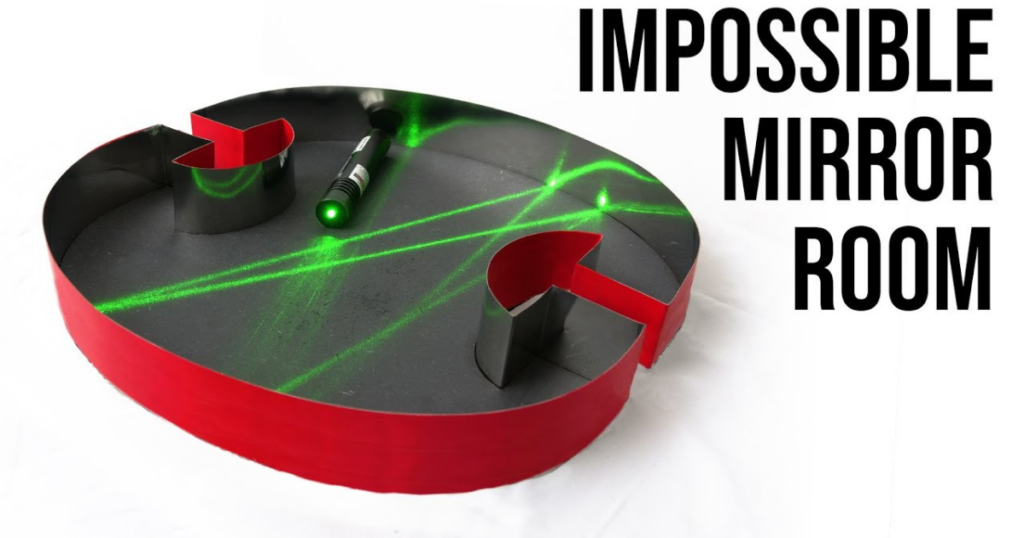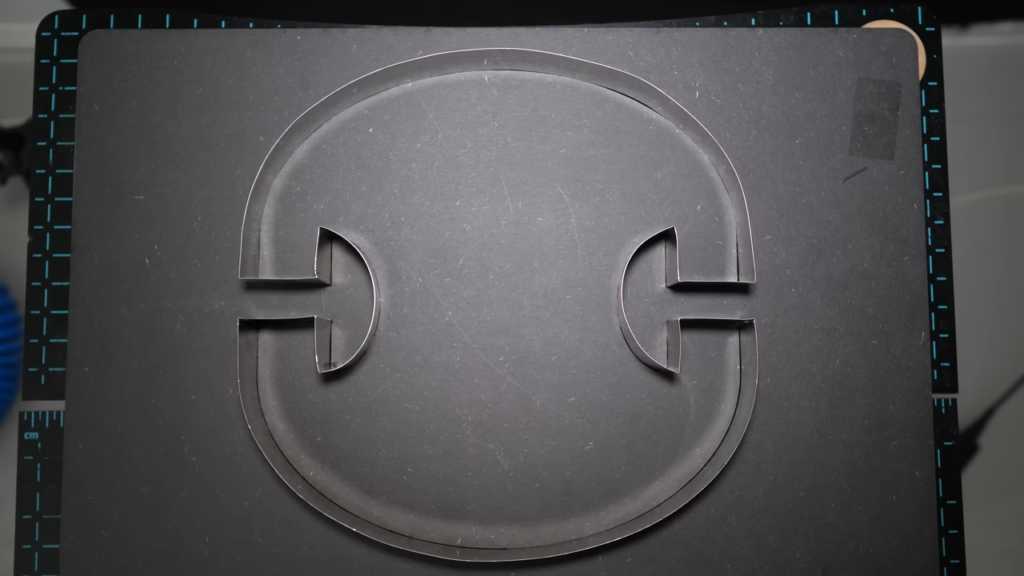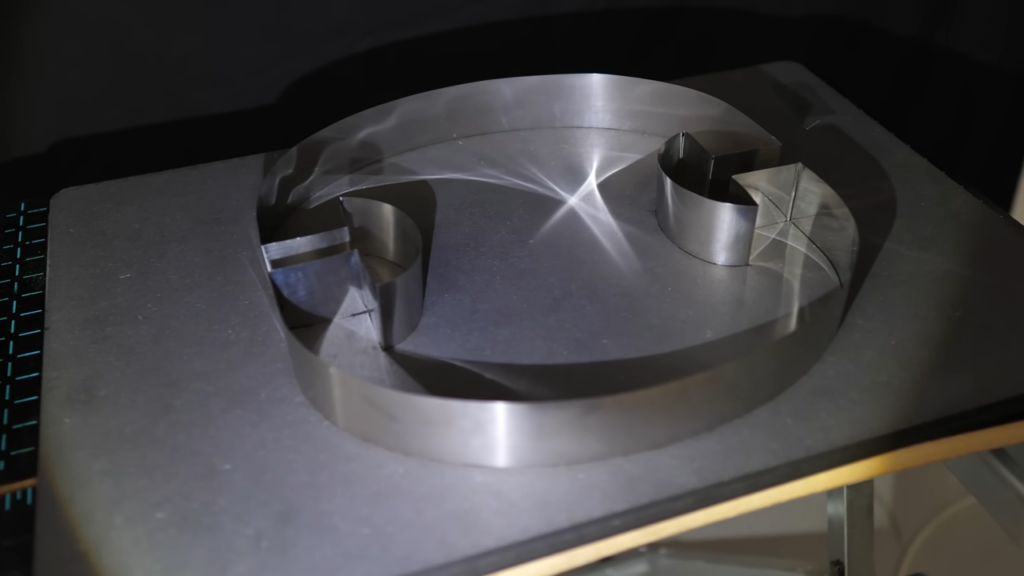
Ever wondered if a room filled with mirrors could be fully illuminated by a single point of light? Most would think it’s a simple yes, but the Penrose Unilluminable Room challenges that intuition with its clever design. This article delves into the fascinating world of this room and unravels the secrets behind its shadows.
The Challenge: Can Mirrors Defy Darkness?
Imagine a room entirely lined with mirrors. You place a light source anywhere – surely, the light will bounce around endlessly, illuminating every corner, right? Wrong! The Penrose Unilluminable Room throws a wrench into that assumption. No matter where you position the light, there will always be pockets of darkness stubbornly refusing to be touched by the light’s rays.
The Key Lies in the Shape: Ellipses and Focal Points
So, what makes this room so special? The answer lies in its unique geometry. The key players are two ellipses – one at the top and one at the bottom. But what are ellipses, you ask? Imagine taking a string, fixing its ends at two points (called focal points), and using it to trace a path around a fixed point. That’s the magic of an ellipse!
Here’s where things get interesting: any ray of light originating from one focal point of an ellipse will always be reflected onto the other focal point, regardless of where it hits the ellipse. This property is crucial to understanding the room’s behavior.
Billiards and Light Rays: Two Sides of the Same Coin

Think of the room as a giant, elliptical billiard table. No pockets, just smooth mirrored walls. Can you design such a table where, no matter where you place the ball, it will always miss certain areas just by bouncing off the walls? The answer lies in the shape of the table, just like the Penrose room. It’s all about the geometry!
The Science Behind the Shadows: Angles and Reflections
Now, let’s bring the light back into the equation. Remember how we said moving the light source away from a focal point changes the angle of the reflected ray? This is key. If the light originates outside the two focal points, all its reflections will also remain outside those points, never reaching the dark regions. Conversely, light starting within this “forbidden zone” will forever be trapped there.
Beyond Perfect Points: The Reality of Light Waves

It’s worth noting that real light doesn’t behave perfectly. As waves, light bends around corners (diffraction), so some light might sneak into the dark areas in reality. However, the core principle of the unilluminable room still holds true.
Mushroom Mysteries: Are They Crucial?
Those funny mushroom-shaped bits in the room – do they have to be a specific shape? Surprisingly, no! As long as they stay below a certain line defined by the ellipses, they can be any shape, offering some design flexibility.
From Puzzles to Playthings: The Joy of Discovery
The Penrose Unilluminable Room started as a thought experiment, a puzzle in a magazine. But it became more than that – a project built by a father and his children, a hands-on exploration of science and geometry. It’s a reminder that learning can be fun, challenging, and deeply rewarding, pushing the boundaries of our understanding and appreciation for the world around us.
So, the next time you encounter a seemingly simple question, remember the Penrose Unilluminable Room. There might be more to it than meets the eye, waiting to be unraveled with a little curiosity and a dash of science!




